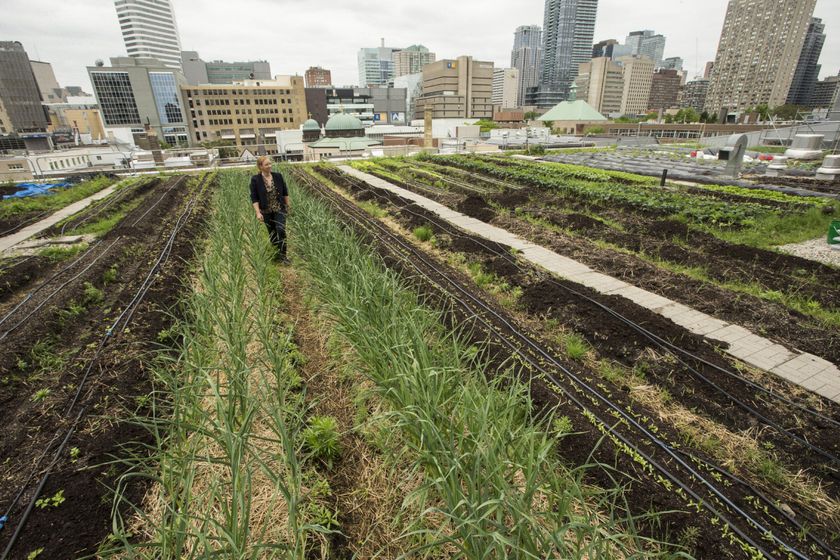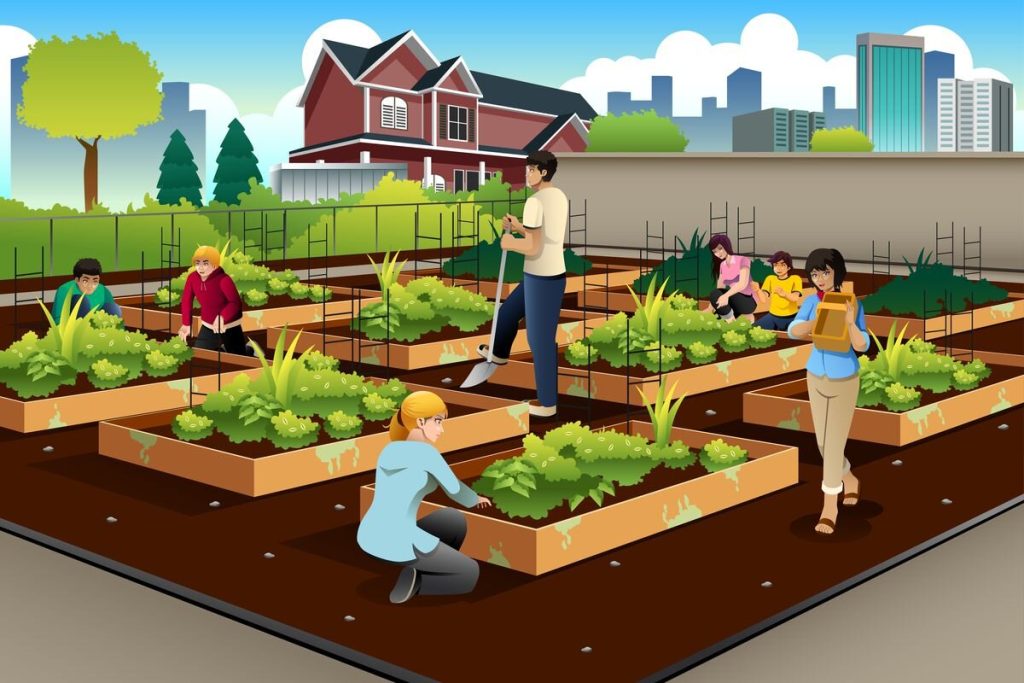Urban agriculture is far more than just a means to grow food; it’s a powerful tool for community development. From rooftop gardens to school garden programs, urban farming is reshaping urban areas. It’s fostering social cohesion, promoting healthy food choices, and providing education and outreach opportunities. This article explores the multifaceted ways in which urban agriculture contributes to community growth.

1. Urban Agriculture: A Thriving Ecosystem
Urban agriculture is thriving, providing a wide array of benefits to urban communities.

- Community Gardens and Urban Agriculture: Transforming vacant lots into productive green spaces.
- Rooftop and Hydroponic Gardens: Innovative urban agriculture offers fresh food in the heart of cities.
- Commercial Urban Farms and Market Gardens: Small-scale farms and gardens provide access to locally grown food.
2. Community Development Through Urban Farming
Urban farming plays a vital role in community development, addressing both physical and mental health needs.
- Healthy Food Choices: Promoting access to healthy fruits and vegetables, especially in low-income areas.
- Physical Activity and Well-being: Urban gardening fosters physical activity, enhancing overall well-being.
- Social Cohesion and Sense of Belonging: Community gardens foster community cohesion and create a sense of belonging among urban populations.
3. USDA and Office of Urban Agriculture Efforts
Government bodies and organizations are recognizing and promoting urban agriculture’s potential.
- USDA and Department of Agriculture Initiatives: Supporting urban agriculture development through programs and funding.
- Land Use and City Planning: Integrating urban agriculture into urban planning, including brownfields and urban agriculture.
- Cooperative Extension Services: Providing education and outreach to promote urban farming.
4. Educational and Environmental Impact
Urban agriculture also has profound social and educational benefits.
- School and Community Garden Programs: Engaging youth through opportunities for learning and personal growth.
- Environmental Benefits: Sustainable urban agriculture practices contribute to green space enhancement and environmental awareness.
- 2022 Toolkit and Examples of Urban Agriculture: Comprehensive guides and successful examples to inspire and inform.
5. Addressing Disadvantage and Empowering Communities
Urban agriculture plays a critical role in empowering disadvantaged communities.
- Access to Land and Resources: Helping communities of color and low-income populations access land for urban farming.
- Job Training and Opportunities for Youth: Providing skills and employment opportunities, such as aquaponics and horticulture training.
- Addressing Food Security and Nutrition: Ensuring access to fresh fruits and vegetables in areas lacking healthy food options.
6. Challenges and Opportunities: A Look Ahead
Despite the progress, challenges remain, but so do opportunities for growth.
- Challenges: Include land access, legal barriers, and maintaining community engagement.
- Opportunities: Such as community organizations’ participation, commercial urban farms expansion, and technology use like aquaponic systems.
Conclusion
Urban agriculture is more than just gardening and farming; it’s a transformative movement reshaping our urban environments. From community gardens in New York to sustainable urban agriculture initiatives across the U.S., urban farming is promoting social wellness, community cohesion, and environmental stewardship.
As Campbell et al. and various studies of urban agriculture have shown, this is a movement that’s not only about planting seeds in the ground but planting seeds of change in our communities. As we look towards the future, the opportunities to grow food, promote social connections, and nourish our communities through urban agriculture are boundless.




